We saw this bramble leaf with beautiful abstract art doodles in the Dargle Valley in early March. What creature could be causing it, please? Yanny Peters, Co Wicklow
This is caused by the larva of a leaf miner moth. These larvae develop from eggs laid on the leaf and they tunnel their way between the upper and lower surface of the leaf, eating the cell contents as they go. They leave trails which get bigger as they grow and are lined with their droppings, known as frass. After growing sufficiently, they pupate into winged adults and depart.
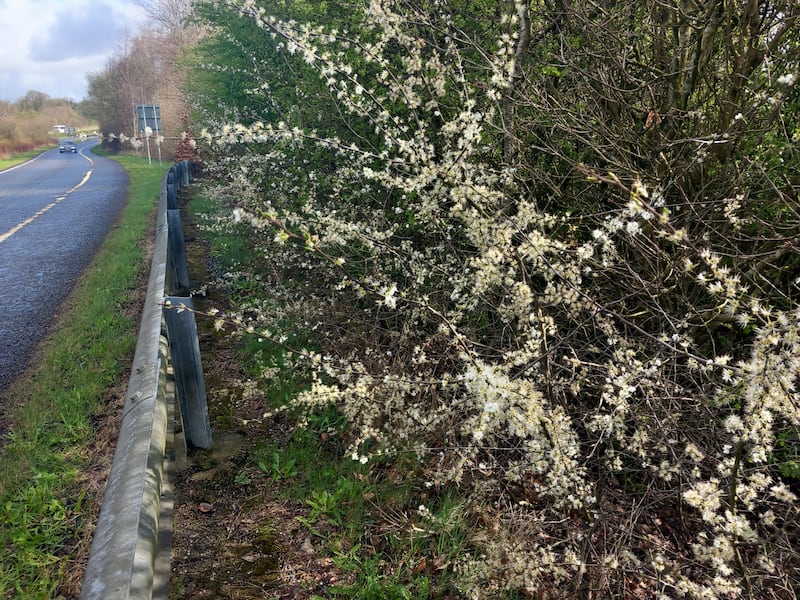
The blackthorn along the motorways has been in bloom since the beginning of March but the blackthorn in field hedges is only coming into flower now at the end of the month. Why is this? Anne Cannon, Ennis, Co Clare
The blackthorn along the motorways was planted when the motorways were constructed, along with the other roadside trees. These blackthorn plants were sourced in southern Europe and, while they are the same species as our own native blackthorn, this variety flowers earlier, being accustomed to milder climes. Blackthorn flowers always appear before the leaves. In former times, the fruit – sloes – were used to dye linen pale blue.
READ MORE
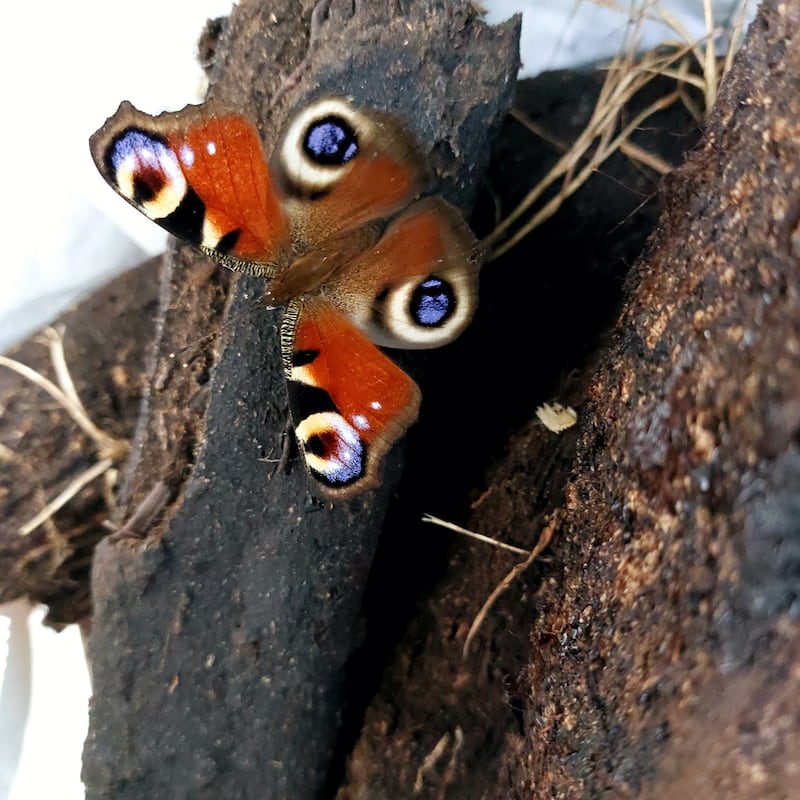
While getting turf from the shed, I noticed this beautiful butterfly. I took a photo but did not disturb it. Rose Daly, Co Meath
This is a peacock butterfly, which, unusually for Irish butterflies, overwinters as an adult. Consequently, it is one of the earliest species seen on the wing as it will visit the first dandelions, a reviving feed of nectar. Eggs are laid on nettle leaves. A disturbed hibernating adult can make a snake-like hissing by rubbing its forewings against its hindwings, which would certainly terrify whatever rodent woke it up. Just as well you only took a photo.
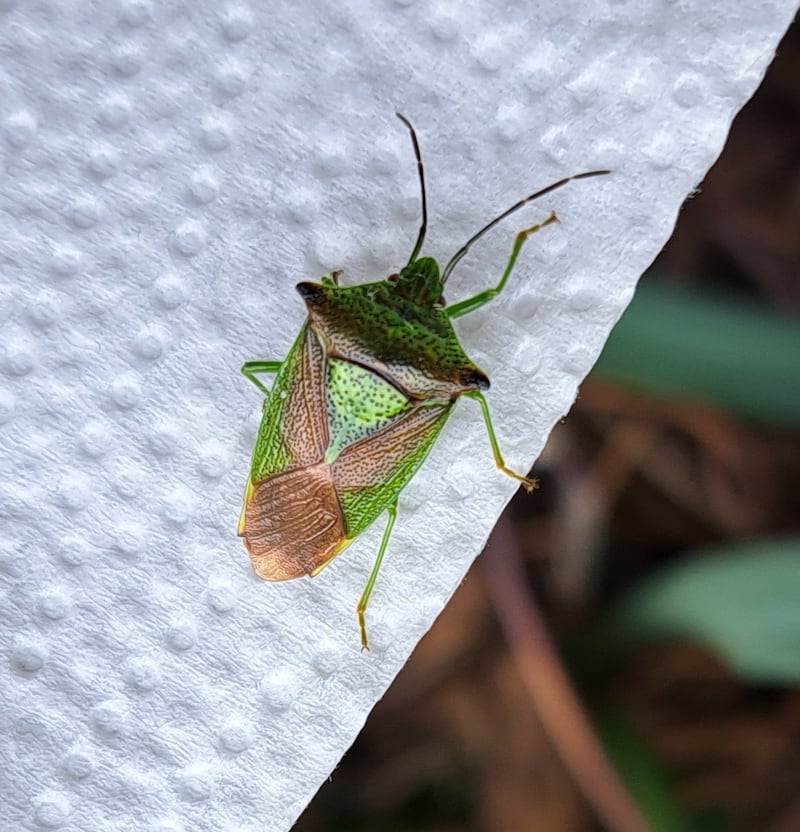
I recently found this interesting creature in the house, alive. The colours are accurate. Can you tell me what it is, please? Frank Rafter, Co Tipperary
It is a hawthorn shield bug. This insect feeds on hawthorn and goes into hibernation in late autumn. It can fly and will leave your house to feed soon, once the hawthorn comes into leaf. Mating takes place when it meets a like-minded individual and the eggs are laid between May and July. It defends itself from predators by releasing a foul-smelling liquid from glands on its underside, hence its more colloquial name: stinkbug.
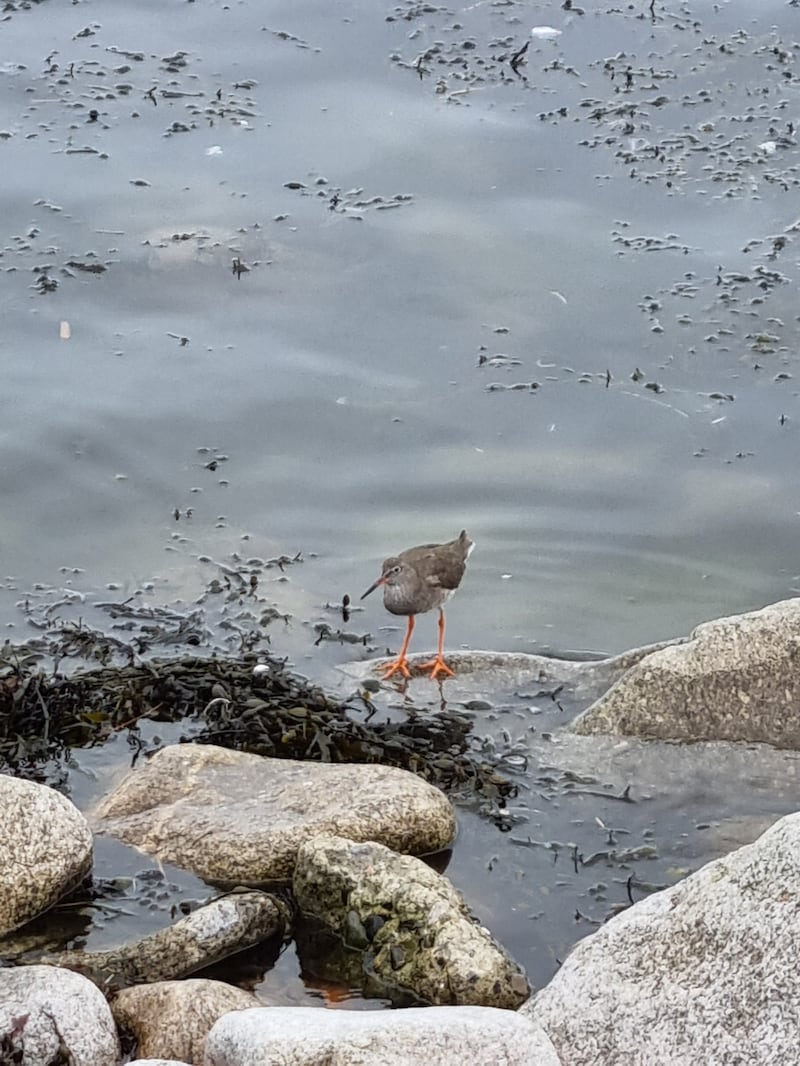
Spotted on its own feeding along the shore at Dún Laoghaire. Not a bird I have seen before. Is it a redshank? Sarah Mc Guinness, Co Dublin
It is indeed. This medium-sized wader, slightly bigger than a blackbird, is unmistakable on account of its long bright-orange legs. A small number breed here but in winter they are joined by birds from northern Britain and western Iceland. They feed on small worms and other invertebrates found while probing in the mud with their long bills.
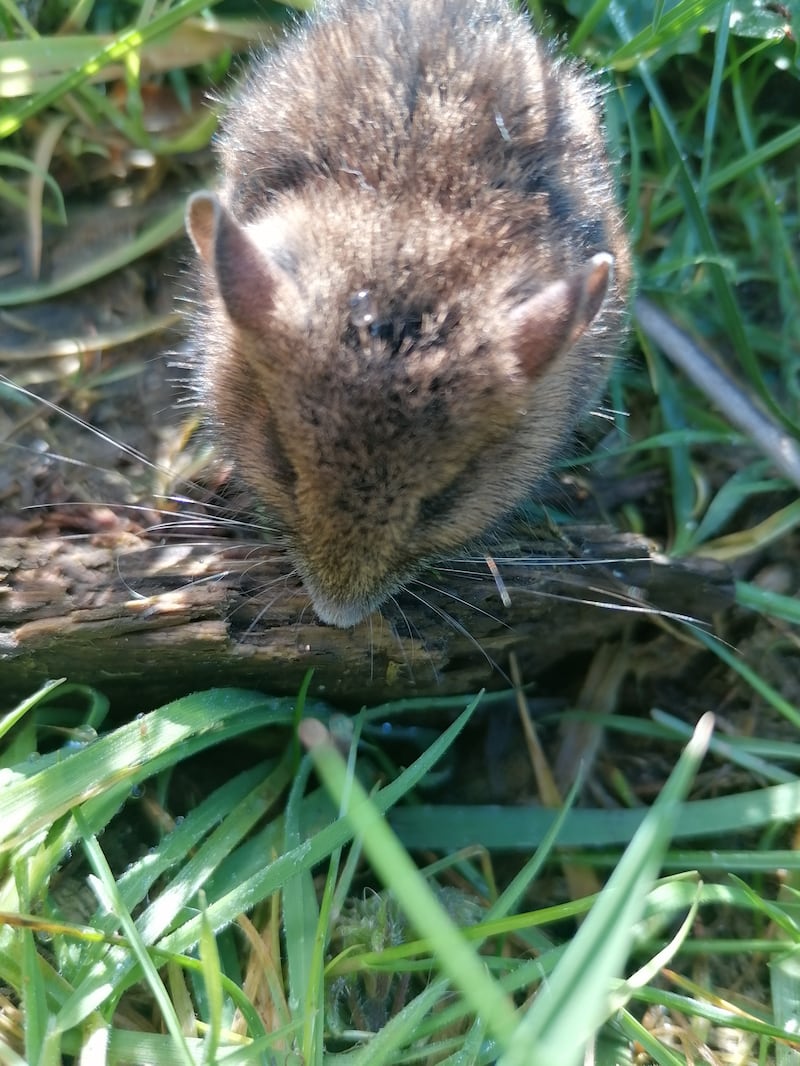
I rescued this field mouse from my cat, Rua. The mouse is recovering. Paul Dunne, Co Galway
Field mice, also known as wood mice, are one of our most common and established mammals. An ancient mouse tooth found on a Mesolithic site in Clondalkin was dated to about 7,600 years ago. While it mainly feeds on seeds, it will also take earthworms and snails. While few wood mice survive from one summer to the next, they are very prolific breeders. One female can have as many as five litters with up to 11 young in each. So despite the best efforts of Rua, they are not likely to become scarce.
Please submit your nature query, observation, or photo with a location, via www.irishtimes.com/eyeonnature













